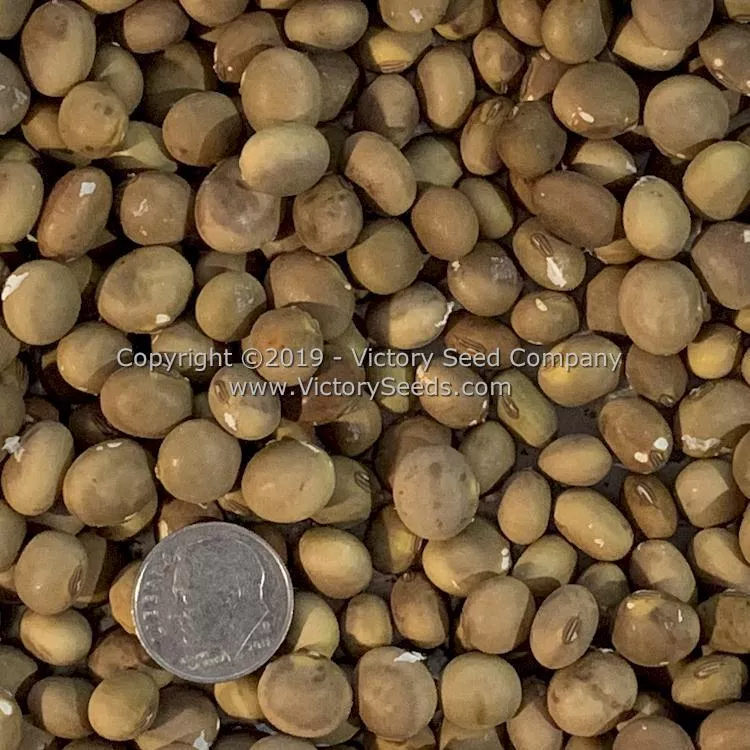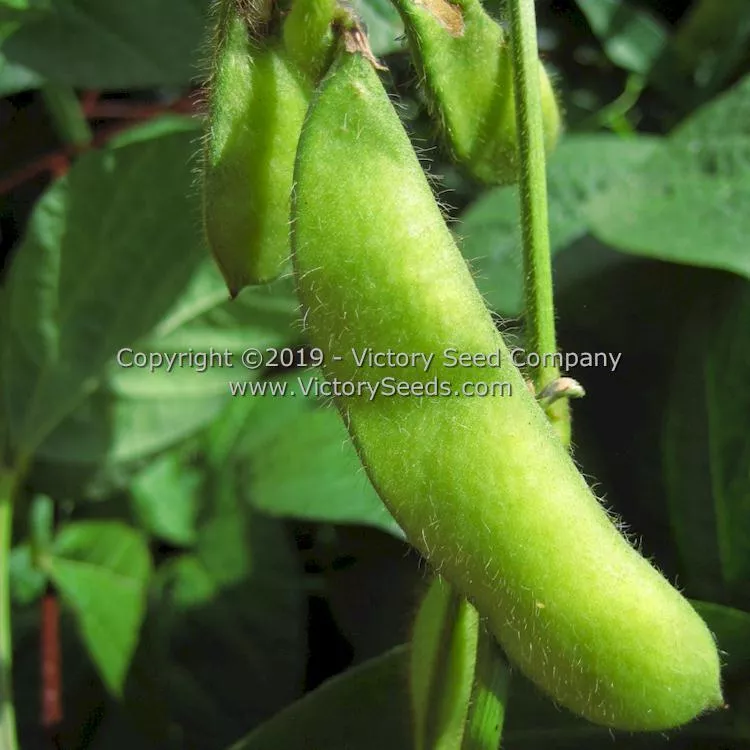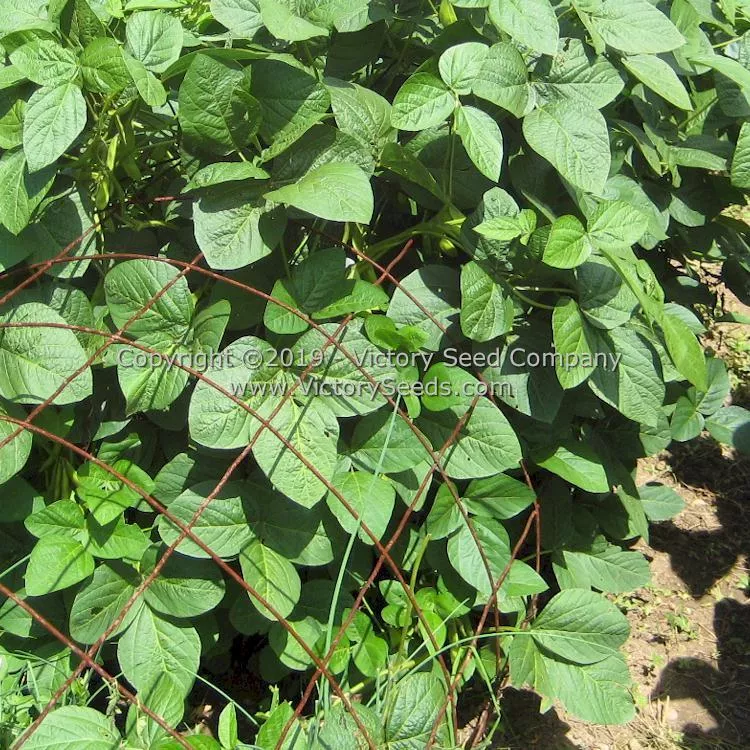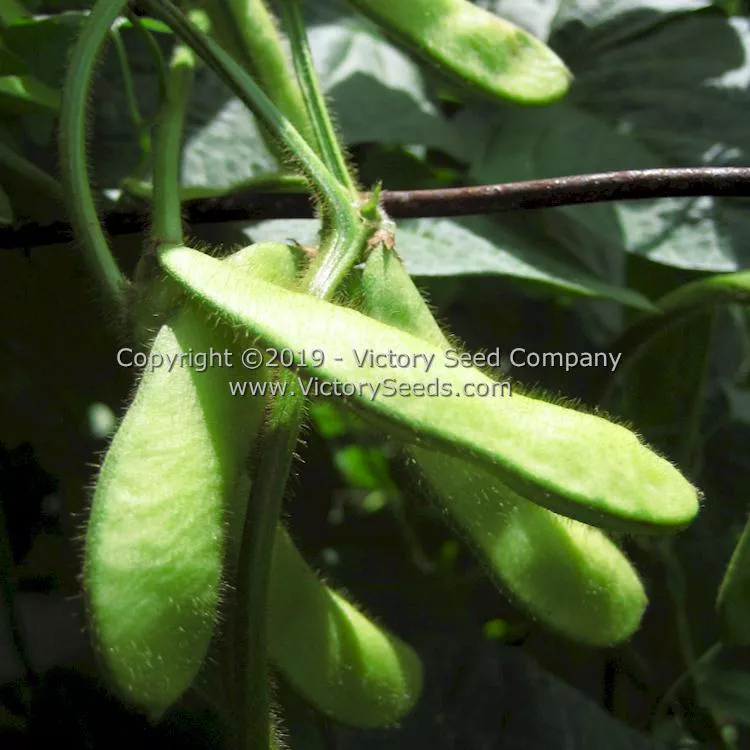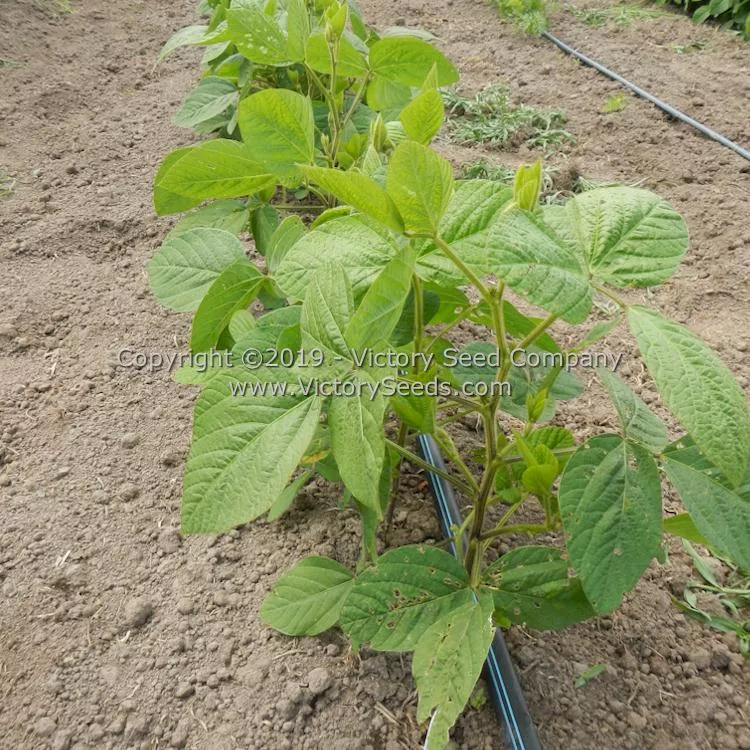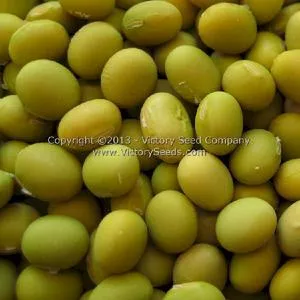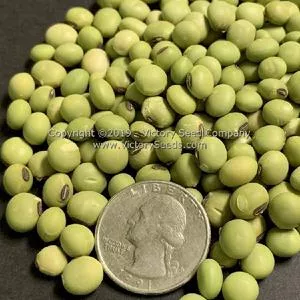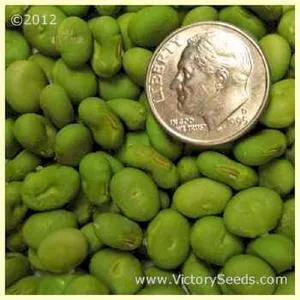




Fledderjohn Soybean
Glycine max
Price: $3.45
SKU: 3301381
Fledderjohn
80 to 100 days, determinate - The plants of 'Fledderjohn' grow twenty-four to thirty-six inches in height and exhibit moderate branching. They are quite productive with large pods that contain two to three, large, light-brown seeds that have a nice, nutty flavor.
'Fledderjohn' can be enjoyed either fresh-shelled as edamame (pronounced 'ed-uh-mah-may') at about 80 days, or allowed to fully mature and dry on the plants (about 100 days). Edamame is a popular snack in Japan, often served with beer. Because it has nutrition and health benefits that other common snack foods do not provide, it is becoming popular in the United States. Harvest for edamame after the pods are fully filled and at the first hint that they are starting to turn yellow.
First made available to gardeners by Susan Reed (MN RE S) through the Seed Savers Exchange Yearbook in 2008, she described the history of the 'Fledderjohn as follows:
"... from Steph Hughes at SSE, given to Hughes family by Phil Zack family, grown by the Zack family from Crystal Lake, IL for a couple of generations ... Phil Zack has named this variety after his grandfather, who received seeds from a missionary friend who brought them back from Japan."
Our original seed source was soy collector and preservationist, Chris Martin (CO MA C).
Planting Instructions:
Soybeans are a tender plant and should be sown after all danger of frost has passed and the soil has warmed. Planting them at about the same time as corn is a good rule.
Sow seeds about one inch deep, three to four inches apart. Although you can plant in rows, they can be planted densely and allowed to form a canopy. This will help control weed growth. Soybeans are tolerant of drought and poor soil since they fix nitrogen. They will, however, benefit from fertile soil.
Soybean flowers are perfect (self-fertile) and cross pollination is almost non-existent, making saving seed easy. Allow pods to fully develop and dry on the plants.
Sow seeds about one inch deep, three to four inches apart. Although you can plant in rows, they can be planted densely and allowed to form a canopy. This will help control weed growth. Soybeans are tolerant of drought and poor soil since they fix nitrogen. They will, however, benefit from fertile soil.
Soybean flowers are perfect (self-fertile) and cross pollination is almost non-existent, making saving seed easy. Allow pods to fully develop and dry on the plants.
Informational References:
- "Seed Savers Exchange Yearbook," Compiled and Updated by Joanne Thuente, Decorah, Iowa, 2008.
- "Seed Savers Exchange Yearbook," Compiled and Updated by Joanne Thuente, Decorah, Iowa, 2009.
Customer Reviews:
Do you have experience with this one? 📝 📣 Write a review!
No reviews have been posted yet.
